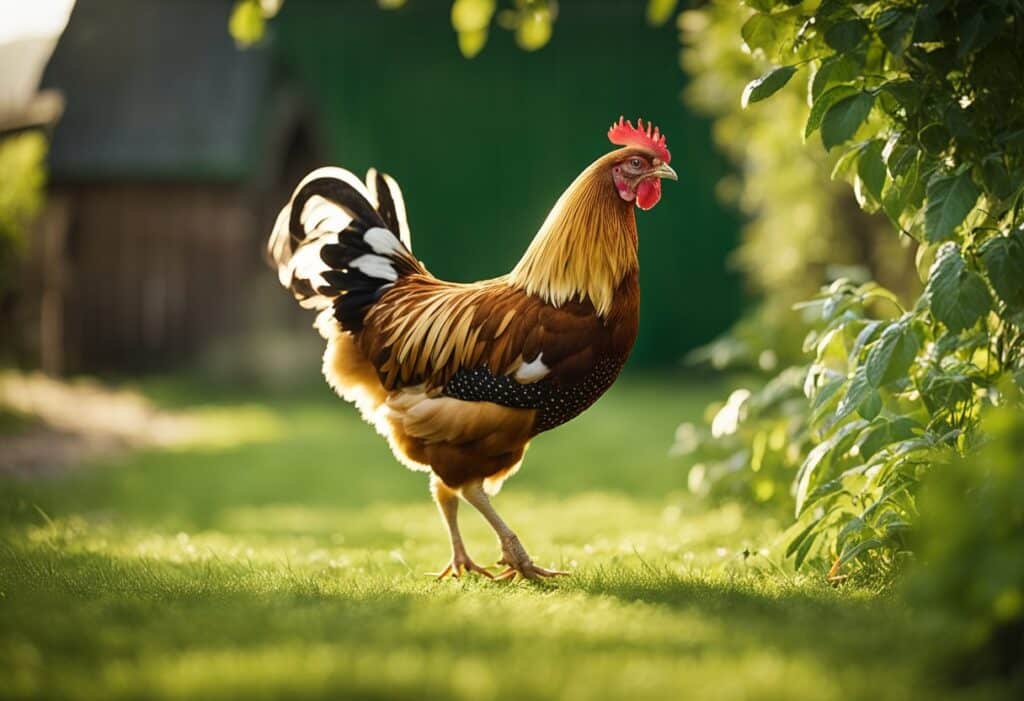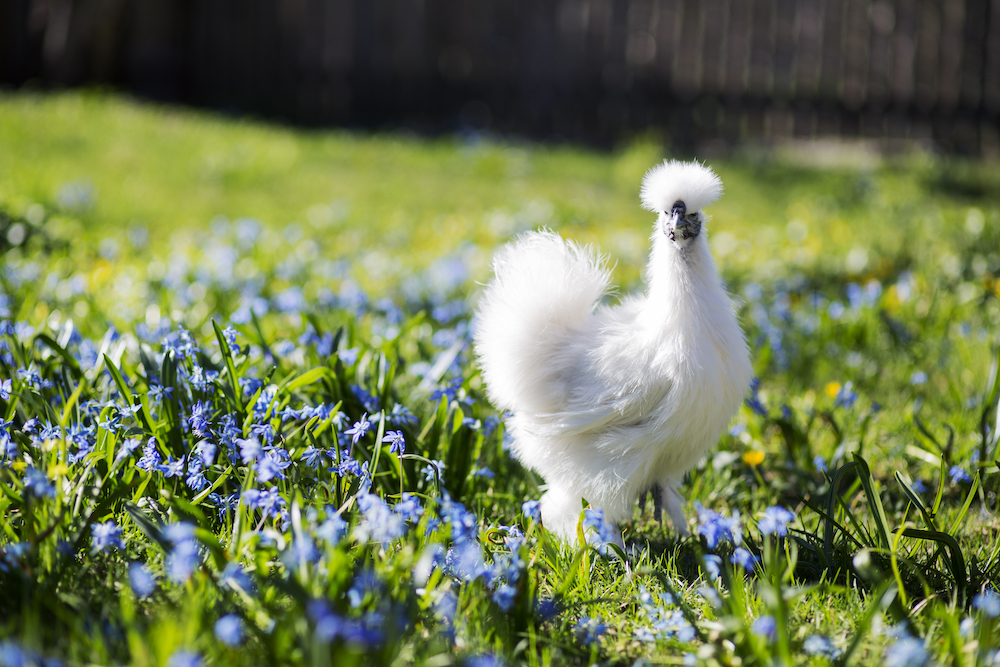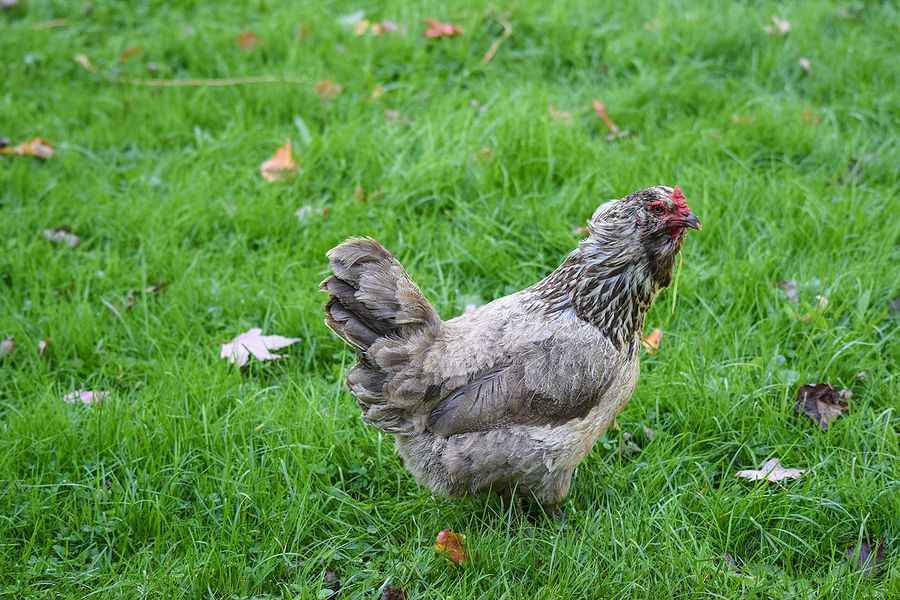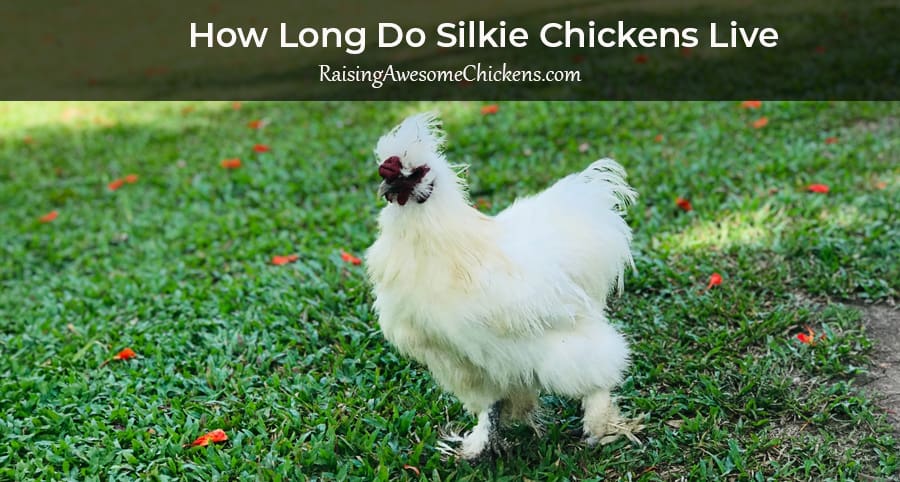The Wyandotte chicken is an American breed that first emerged in the 1870s in the northeastern United States. This breed is known for its distinctive plumage and rounded, curvy body shape, making it instantly recognizable. The name ‘Wyandotte’ is derived from a Native American tribe, reflecting the American heritage of the breed. They are dual-purpose birds, valued both for their meat and for their brown eggs, and they have gained popularity due to their hardiness in cold climates and their generally docile temperament.

Wyandottes come in a variety of colors and patterns, the most well-known being the Silver Laced variety. They have rose combs which contribute to their frost-resistant qualities, a particularly advantageous trait in colder regions. This breed also exhibits a calm and friendly disposition, which, in addition to its utility, has helped Wyandottes become a favored choice for backyard flocks and show birds.
Their versatility extends beyond just appearance and climate adaptability; Wyandottes are appreciated for their broodiness and mothering capabilities. They tend to be reliable setters and attentive mothers, often used to hatch eggs of other breeds as well. Their sociable nature often makes them suitable for mixed flocks, coexisting peacefully with other breeds. These traits contribute to the Wyandotte’s reputation as a well-rounded and valuable member of the poultry community.
Table of Contents
Origin and History
The Wyandotte Chicken is an American breed developed in the northeastern United States. It emerged in the late 19th century and is named after the indigenous Wyandot people.
Development
The breed was developed through the meticulous crossbreeding of several other chicken breeds, primarily the Dark Brahma, Silver Spangled Hamburg, and the Cochin. This effort aimed to create a chicken that was not only aesthetically pleasing but also a good egg layer and efficient for meat production. There were varied color patterns, but the Silver Laced Wyandotte was the first to emerge as a distinct variety in the 1870s.
Recognition
The Wyandotte Chicken gained recognition for its dual-purpose capabilities and attractive appearance. It was officially recognized by the American Poultry Association in their Standard of Perfection in 1883. This endorsement helped solidify its status among poultry enthusiasts and farmers alike. Further color variations would continue to be developed and recognized over subsequent years, with each contributing to the Wyandotte’s popularity.
Breed Characteristics
The Wyandotte chicken is recognized for its broad, rounded body and distinctive plumage patterns. This American breed is typically raised for both eggs and meat, and it exhibits a calm demeanor.
Physical Traits
Wyandotte chickens possess a sturdy, round body shape with a prominently curved tail. They exhibit a rose comb, which is a broad comb featuring small, round bumps and a spike at the back. This breed also has clean, yellow legs and round, medium-sized wattles. It is known for heavy feathering, which provides good cold weather resilience.
- Size: Wyandotte chickens are typically medium to large, with hens weighing around 6-7 pounds and roosters approximately 8-9 pounds.
- Feather Quality: They have dense, soft feathers that lie close to the body, aiding in their hardiness in cooler climates.
Color Varieties
The Wyandotte breed is famed for its wide range of color patterns, with over a dozen recognized by various poultry associations. Here is a list of some of the most popular color varieties:
- Silver Laced: The original variant, with white feathers laced with black edging.
- Golden Laced: Features golden brown feathers with black lacing.
- Blue Laced Red: Reddish-brown feathers with blue lacing creating a striking appearance.
- Partridge: Exhibits feathers in a combination of gold, brown, and black creating a partridge pattern.
Each color variety has a distinctive pattern which contributes to the breed’s popularity among chicken enthusiasts.
Care and Management
Proper care and management are crucial for the wellbeing of Wyandotte chickens. This includes providing appropriate nutrition, housing tailored to their needs, and monitoring their health to prevent and address concerns promptly.
Feeding
Wyandotte chickens require a balanced diet consisting of proteins, carbohydrates, vitamins, and minerals. They should be fed a starter feed from hatch until about 18 weeks of age, which typically contains about 18-20% protein. After reaching laying age, they should be transitioned to a layer feed with 16% protein. Provide fresh water daily, and supplement their diet with grains, vegetables, and occasional treats.
| Age Group | Type of Feed | Protein Content |
|---|---|---|
| 0-18 weeks | Starter feed | 18-20% |
| 18 weeks and older | Layer feed | 16% |
Housing
Housing for Wyandotte chickens must be spacious, safe, and predator-proof. Provide at least 4 square feet of space per bird inside the coop and 8-10 square feet per bird in an outdoor run. Ventilation is important to maintain air quality, but drafts must be avoided. Nesting boxes should be provided for laying eggs, with one box for every four to five hens.
Health Concerns
Monitor Wyandotte chickens for signs of illness, such as changes in behavior, abnormal droppings, or decreased egg production. They are hardy birds but can be susceptible to common poultry diseases like respiratory infections and parasites. Regular vet checks and vaccinations can help prevent diseases. Maintain a clean coop and follow a strict biosecurity protocol to reduce the risk of infection.








